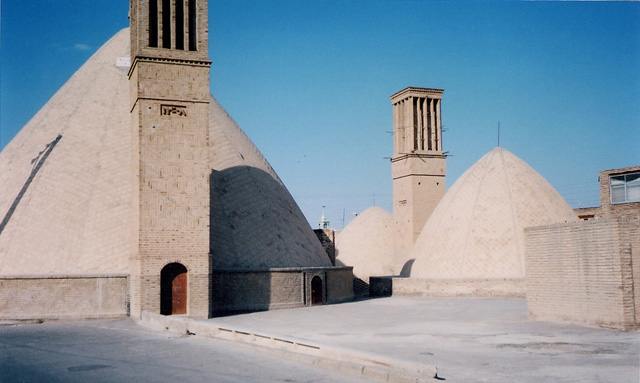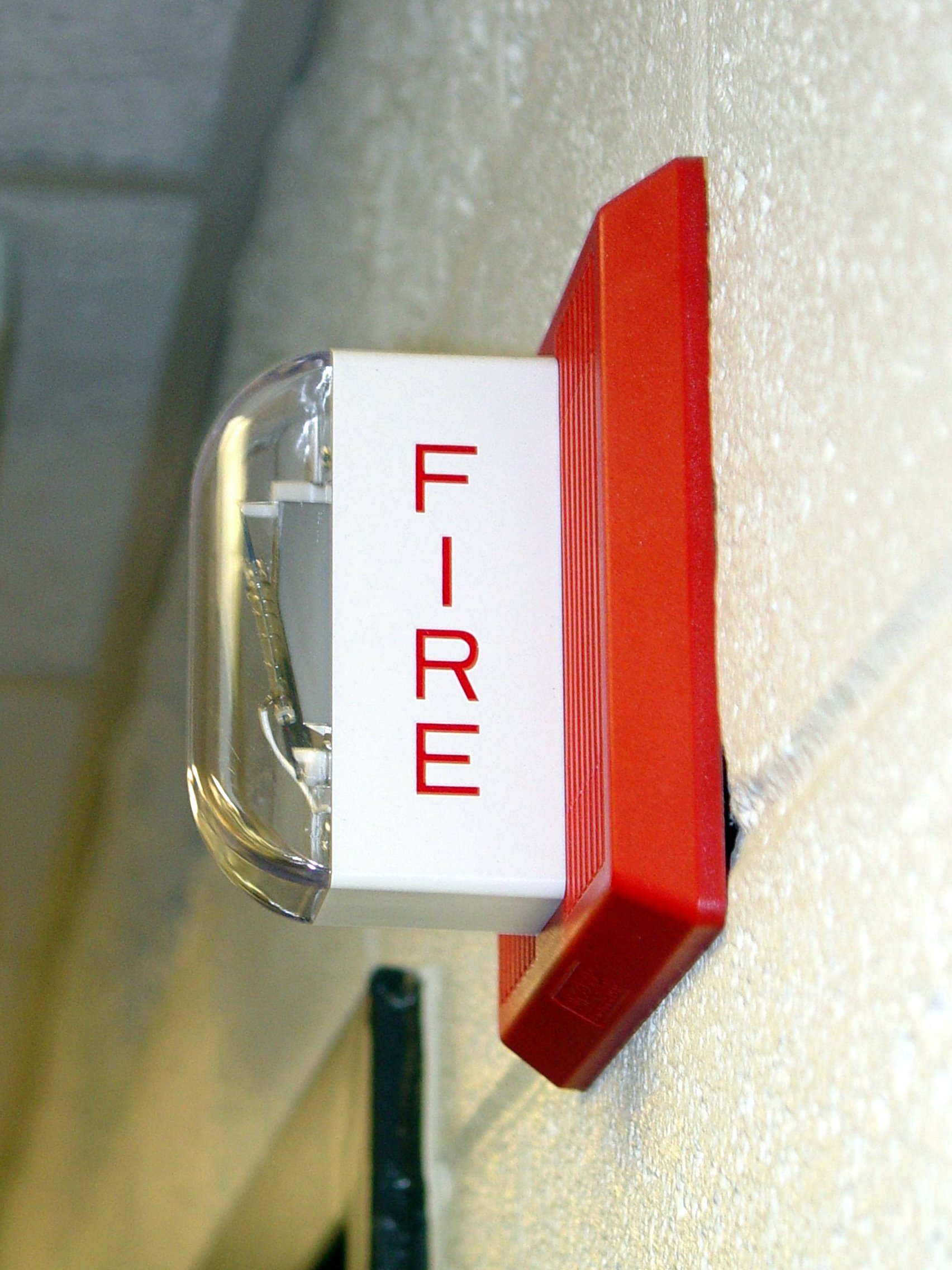|
Office Space Planning
Office space planning is the process of organizing the workplace layout, furniture and office functions to work effectively together, while using space efficiently. Floor plans should consider the workgroup function, building codes and regulations, lighting, teaming requirements, inter-communication and storage, as well as zoning for employee workstations, task space needs, support rooms and reception areas to make the best use of available space. Optimising office spaces with effective space planning can aid circulation, productivity and improve workplace wellness, as well as the health and safety of occupants. Churn rate In many organizations, office layouts are subject to frequent changes. This process is referred to as churn rate, expressed as the percentage of the staff moved during a year. Statutory requirements Statutory requirements related to office layouts will vary in different countries but examples may include: the minimum amount of space to be provided per staff ... [...More Info...] [...Related Items...] OR: [Wikipedia] [Google] [Baidu] |
Workplace
A workplace is a location where someone works, for their employer or themselves, a place of employment. Such a place can range from a home office to a large office building or factory. For industrialized societies, the workplace is one of the most important social spaces other than the home, constituting "a central concept for several entities: the worker and heirfamily, the employing organization, the customers of the organization, and the society as a whole". The development of new communication technologies has led to the development of the virtual workplace and remote work. Workplace issues * Sexual harassment: Unwelcome sexual advances or conduct of a sexual nature which unreasonably interferes with the performance of a person's job or creates an intimidating, hostile, or offensive work environment. * Kiss up kick down * Toxic workplace * Workplace aggression: A specific type of aggression that occurs in the workplace. * Workplace bullying: The tendency of indivi ... [...More Info...] [...Related Items...] OR: [Wikipedia] [Google] [Baidu] |
Office
An office is a space where an organization's employees perform administrative work in order to support and realize objects and goals of the organization. The word "office" may also denote a position within an organization with specific duties attached to it (see officer, office-holder, official); the latter is in fact an earlier usage, office as place originally referring to the location of one's duty. When used as an adjective, the term "office" may refer to business-related tasks. In law, a company or organization has offices in any place where it has an official presence, even if that presence consists of (for example) a storage silo rather than an establishment with desk-and-chair. An office is also an architectural and design phenomenon: ranging from a small office such as a bench in the corner of a small business of extremely small size (see small office/home office), through entire floors of buildings, up to and including massive buildings dedicated entire ... [...More Info...] [...Related Items...] OR: [Wikipedia] [Google] [Baidu] |
Workplace Wellness
Workplace wellness, also known as corporate wellbeing outside the United States, is a broad term used to describe activities, programs, and/or organizational policies designed to support healthy behavior in the workplace. This often involves health education, medical screenings, weight management programs, and onsite fitness programs or facilities. Recent developments in wearable health technology have led to a rise in self-tracking devices as workplace wellness. Other common examples of workplace wellness organizational policies include allowing flex-time for exercise, providing onsite kitchen and eating areas, offering healthy food options in vending machines, holding "walk and talk" meetings, and offering financial and other incentives for participation. Over time, workplace wellness has expanded from single health promotion interventions to describe a larger project intended to create a healthier working environment. Companies most commonly subsidize workplace wellness programs ... [...More Info...] [...Related Items...] OR: [Wikipedia] [Google] [Baidu] |
Computer-aided Design
Computer-aided design (CAD) is the use of computers (or ) to aid in the creation, modification, analysis, or optimization of a design. This software is used to increase the productivity of the designer, improve the quality of design, improve communications through documentation, and to create a database for manufacturing. Designs made through CAD software are helpful in protecting products and inventions when used in patent applications. CAD output is often in the form of electronic files for print, machining, or other manufacturing operations. The terms computer-aided drafting (CAD) and computer aided design and drafting (CADD) are also used. Its use in designing electronic systems is known as ''electronic design automation'' (''EDA''). In mechanical design it is known as ''mechanical design automation'' (''MDA''), which includes the process of creating a technical drawing with the use of computer software. CAD software for mechanical design uses either vector-based graph ... [...More Info...] [...Related Items...] OR: [Wikipedia] [Google] [Baidu] |
Raised Floor
A raised floor (also raised flooring, access floor(ing), or raised-access computer floor) provides an elevated structural floor above a solid substrate (often a concrete slab) to create a hidden void for the passage of mechanical and electrical services. Raised floors are widely used in modern office buildings, and in specialized areas such as command centers, Information technology data centers and computer rooms, where there is a requirement to route mechanical services and cables, wiring, and electrical supply. Such flooring can be installed at varying heights from to heights above to suit services that may be accommodated beneath. Additional structural support and lighting are often provided when a floor is raised enough for a person to crawl or even walk beneath. In the U.S., underfloor air distribution is becoming a more common way to cool a building by using the void below the raised floor as a plenum chamber to distribute conditioned air, which has been done in ... [...More Info...] [...Related Items...] OR: [Wikipedia] [Google] [Baidu] |
HVAC
Heating, ventilation, and air conditioning (HVAC) is the use of various technologies to control the temperature, humidity, and purity of the air in an enclosed space. Its goal is to provide thermal comfort and acceptable indoor air quality. HVAC system design is a subdiscipline of mechanical engineering, based on the principles of thermodynamics, fluid mechanics, and heat transfer. " Refrigeration" is sometimes added to the field's abbreviation as HVAC&R or HVACR, or "ventilation" is dropped, as in HACR (as in the designation of HACR-rated circuit breakers). HVAC is an important part of residential structures such as single family homes, apartment buildings, hotels, and senior living facilities; medium to large industrial and office buildings such as skyscrapers and hospitals; vehicles such as cars, trains, airplanes, ships and submarines; and in marine environments, where safe and healthy building conditions are regulated with respect to temperature and humidity, using ... [...More Info...] [...Related Items...] OR: [Wikipedia] [Google] [Baidu] |
Ventilation (architecture)
Ventilation is the intentional introduction of outdoor air into a space. Ventilation is mainly used to control indoor air quality by diluting and displacing indoor pollutants; it can also be used to control indoor temperature, humidity, and air motion to benefit thermal comfort, satisfaction with other aspects of indoor environment, or other objectives. The intentional introduction of outdoor air is usually categorized as either mechanical ventilation, natural ventilation, or mixed-mode ventilation (hybrid ventilation). * Mechanical ventilation is the intentional fan driven flow of outdoor air into a building. Mechanical ventilation systems may include supply fans (which push outdoor air into a building), exhaust fans (which draw air out of building and thereby cause equal ventilation flow into a building), or a combination of both. Mechanical ventilation is often provided by equipment that is also used to heat and cool a space. * Natural ventilation is the intentional passi ... [...More Info...] [...Related Items...] OR: [Wikipedia] [Google] [Baidu] |
Emergency Light
An emergency light is a battery-backed lighting device that switches on automatically when a building experiences a power outage. In the United States, emergency lights are standard in new commercial and high occupancy residential buildings, such as college dormitories, apartments, and hotels. Most building codes in the US require that they be installed in older buildings as well. Incandescent light bulbs were originally used in emergency lights, before fluorescent lights and later light-emitting diodes (LEDs) superseded them in the 21st century. History By the nature of the device, an emergency light is designed to come on when the power goes out. Every model, therefore, requires some sort of a battery or generator system that could provide electricity to the lights during a blackout. The earliest models were incandescent light bulbs which could dimly light an area during a blackout and perhaps provide enough light to solve the power problem or evacuate the building. It w ... [...More Info...] [...Related Items...] OR: [Wikipedia] [Google] [Baidu] |
Fire Alarm System
A fire alarm system warns people when smoke, fire, carbon monoxide or other fire-related or general notification emergency, emergencies are detected. These alarms may be activated automatically from smoke detectors and heat detectors or may also be activated via manual fire alarm activation devices such as manual call points or pull stations. Alarms can be either motorized bells or wall mountable sounders or horns. They can also be speaker strobes which sound an alarm, followed by a voice evacuation message which warns people inside the building not to use the elevators. Fire alarm sounders can be set to certain frequencies and different tones including low, medium, and high, depending on the country and manufacturer of the device. Most fire alarm systems in Europe sound like a siren with alternating frequencies. Fire alarm electronic devices are known as horns in the United States and Canada and can be either continuous or set to different codes. Fire alarm warning devices can al ... [...More Info...] [...Related Items...] OR: [Wikipedia] [Google] [Baidu] |
Firestop
A firestop or fire-stopping is a form of passive fire protection that is used to seal around openings and between joints in a fire-resistance-rated wall or floor assembly. Firestops are designed to maintain the fire-resistance rating of a wall or floor assembly intended to impede the spread of fire and smoke. Description Firestops prevent unprotected horizontal and vertical penetrations in a fire-resistance-rated wall or floor assembly from creating a route by which fire and smoke can spread that would otherwise have been fire resisting construction, e.g. where a pipe passes through a firewall. Fire stopping is also to seal around gaps between fire resisting constructions, e.g. the linear gap between a wall and the floor above, in order for construction to form a complete barrier to fire and smoke spread. Opening types Firestops are used in: * Electrical, mechanical, and structural penetrations * Unpenetrated openings (such as openings for future use) * Re-entries of e ... [...More Info...] [...Related Items...] OR: [Wikipedia] [Google] [Baidu] |
Emergency Exit
An emergency exit in a structure is a special exit for emergencies such as a fire: the combined use of regular and special exits allows for faster evacuation, while it also provides an alternative if the route to the regular exit is blocked. The qualifications for an emergency exit are as follows: it must be in a location that is easily accessible, the exit must have an area or location that it can bring people to in the event of any emergency, it must be controlled by the inside of the building, it must be well managed and regularly up kept, and it must be in a permanent location. It is usually in a strategically located (e.g. in a stairwell, hallway, or other likely places) outward opening door with a crash bar on it and with exit signs leading to it. The name is a reference to when they were frequently used, however, a fire exit can also be a main doorway must be able to be unlocked from the inside of the room. A fire escape is a special kind of emergency exit, mounted ... [...More Info...] [...Related Items...] OR: [Wikipedia] [Google] [Baidu] |







.jpg)